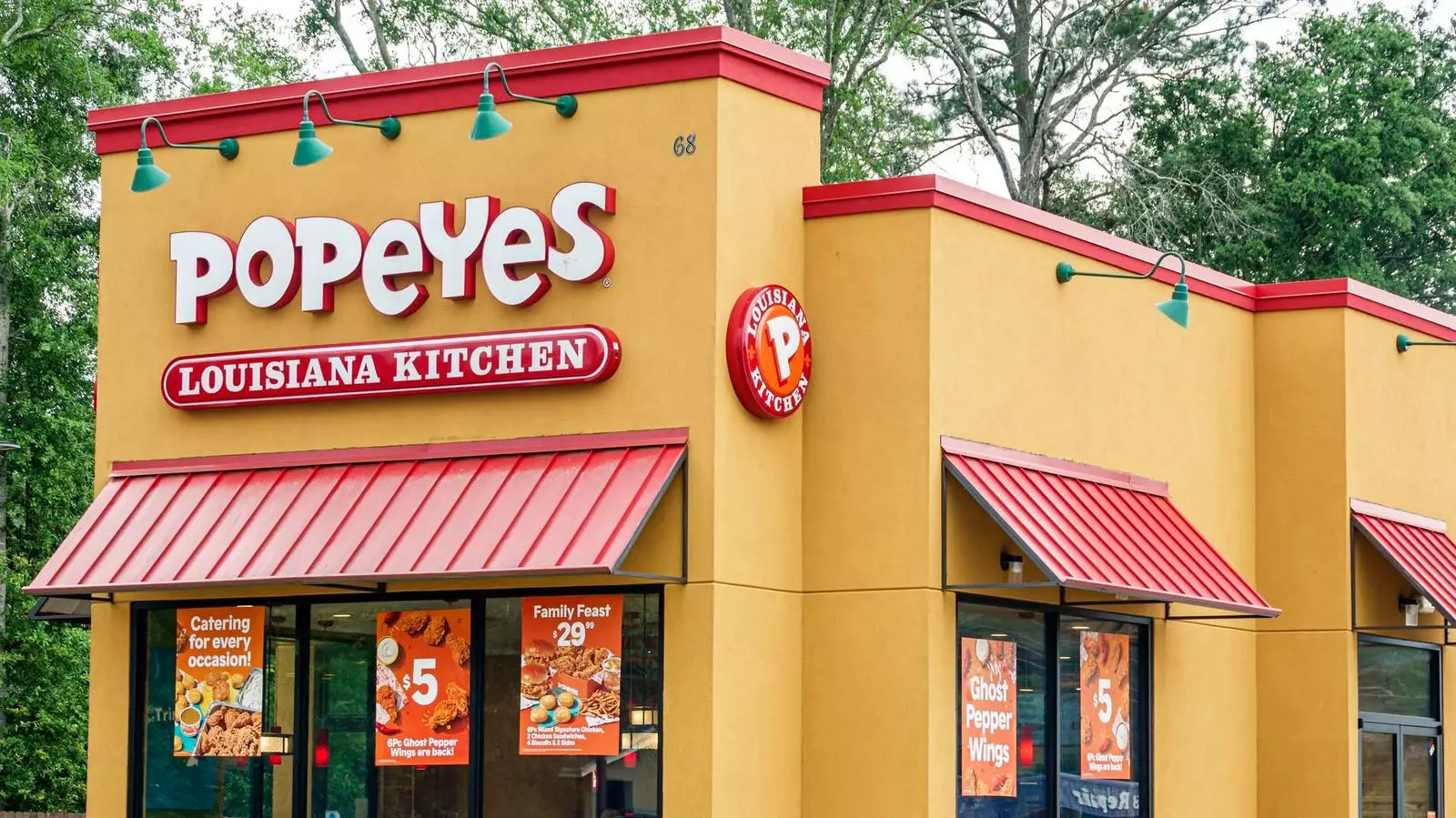In recent years, food collaborations have transformed from mere marketing tactics into crucial components of contemporary food culture. In 2025, these partnerships encapsulate diverse themes—nostalgia, exclusivity, celebrity influence, and the mingling of luxury with casual dining. They’re no longer just about selling products; they create immersive experiences that redefine how we approach eating and drinking. The shocking yet intriguing collaboration between Don Julio and Popeyes exemplifies the depth of these partnerships, showcasing a blend of casual indulgence and sophisticated flavors.
The partnership between a renowned fried chicken brand and a high-end tequila label might strike many as unconventional. Yet, it signals a significant shift where luxury and comfort food collide. Today’s consumers are increasingly diverse in their palate preferences, desiring upscale options that cater to their cravings without compromising their budget. This fusion exemplifies the current food landscape, where sumptuous aesthetics and indulgent flavors intersect with everyday meals.
The idea that premium quality can coexist with fast food offers both accessibility and excitement. As more brands embrace this duality, they attract a broader audience—those seeking a taste of luxury in their comfortable favorites. By bridging the gap between everyday dining and elite offerings, food collaborations in 2025 have succeeded in capturing the imagination of the consumer base.
Food partnerships are also tapping into consumers’ emotional connections to the past. The marketing of Pokémon-themed Happy Meals serves more than just nostalgic sentiment; it’s about reviving cherished childhood memories while fostering intergenerational bonding. Such collaborations redefine the dining experience, transforming it into a shared journey through time. When brands curate offerings that resonate with the fond memories of their target demographics, they create emotional touchpoints that enhance loyalty and engagement.
The nostalgic element in food marketing isn’t simply an afterthought—it’s a strategy that taps into a unified human experience. Embracing past stories and memories allows consumers to feel more connected, thus strengthening brand loyalty beyond mere product association.
Another layer of these burgeoning collaborations is the well-orchestrated concept of scarcity and the fear of missing out (FOMO). The explosive popularity of shows like “Squid Game” facilitated partnerships with major fast-food outlets like KFC and McDonald’s, igniting buzz and anticipation. By creating limited-time offers with specially designed packaging and themed items, these brands capitalized on the insatiable human desire for exclusivity.
The result is not merely a meal but an event. These collaborations transform eating into a dynamic experience that sparks conversation and a sense of urgency among consumers. Through viral marketing and social media amplification, shared experiences around these exclusive offerings become essential social currency, enhancing the overall dining experience.
The collaboration between Post Malone and Oreo brings to light another paradigm in celebrity-driven partnerships. More than just a promotional gimmick, this collaboration reflects the evolving landscape of personal branding. Today’s consumers demand authenticity; they want collaborations that resonate with the artist’s narrative rather than feel like mere endorsements. As such, the relationship between artists and food becomes a reflection of identity, passion, and creativity.
Post Malone’s Oreo drop represents a diversification of culinary influences, showcasing how artists can authentically connect their brand with consumers through food. As a result, collaborations in 2025 will likely continue to emphasize personalization and authenticity, blending culinary artistry with the individual stories of public figures.
The Future of Food Collaborations
In essence, food collaborations in 2025 signify a cultural shift. They have evolved beyond tactical promotions and now encapsulate a range of human experiences—from indulgent luxury to nostalgic journeys through our past. These partnerships reflect current consumer values and preferences, showcasing how we approach food not merely as sustenance but as experiences steeped in emotions, memories, and social interactions.
The future appears ripe with possibilities for new collaborations waiting to be unveiled—each likely to uncover unique facets of our increasingly multifaceted food culture. Whatever these future partnerships may entail, they will undoubtedly continue to mirror society’s shifting tastes and preferences, making eating not just a necessity, but an adventure.


Leave a Reply